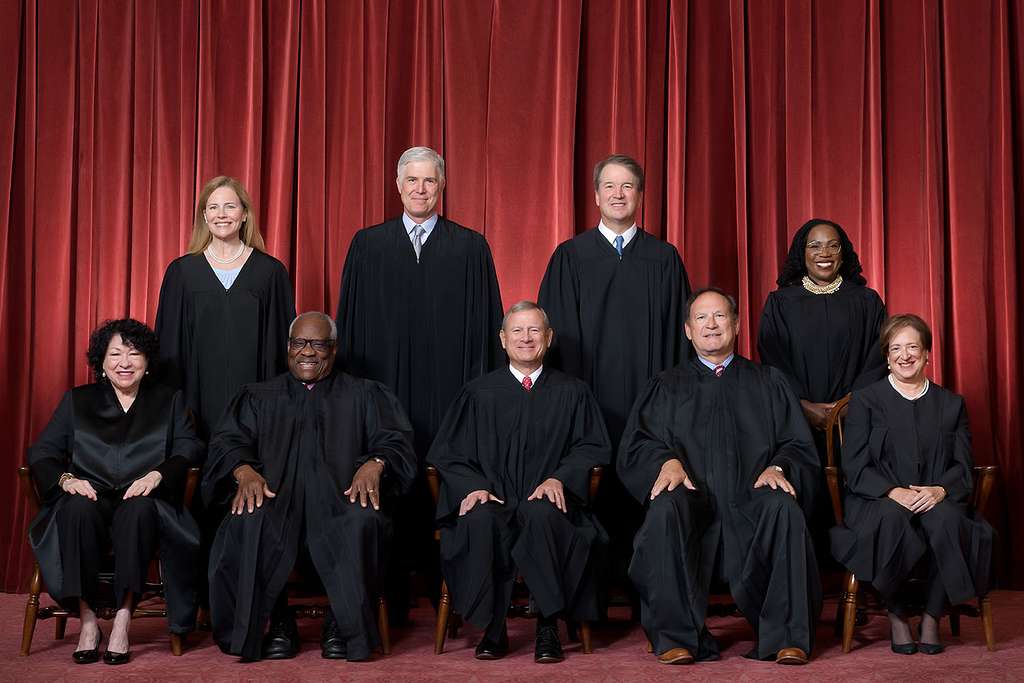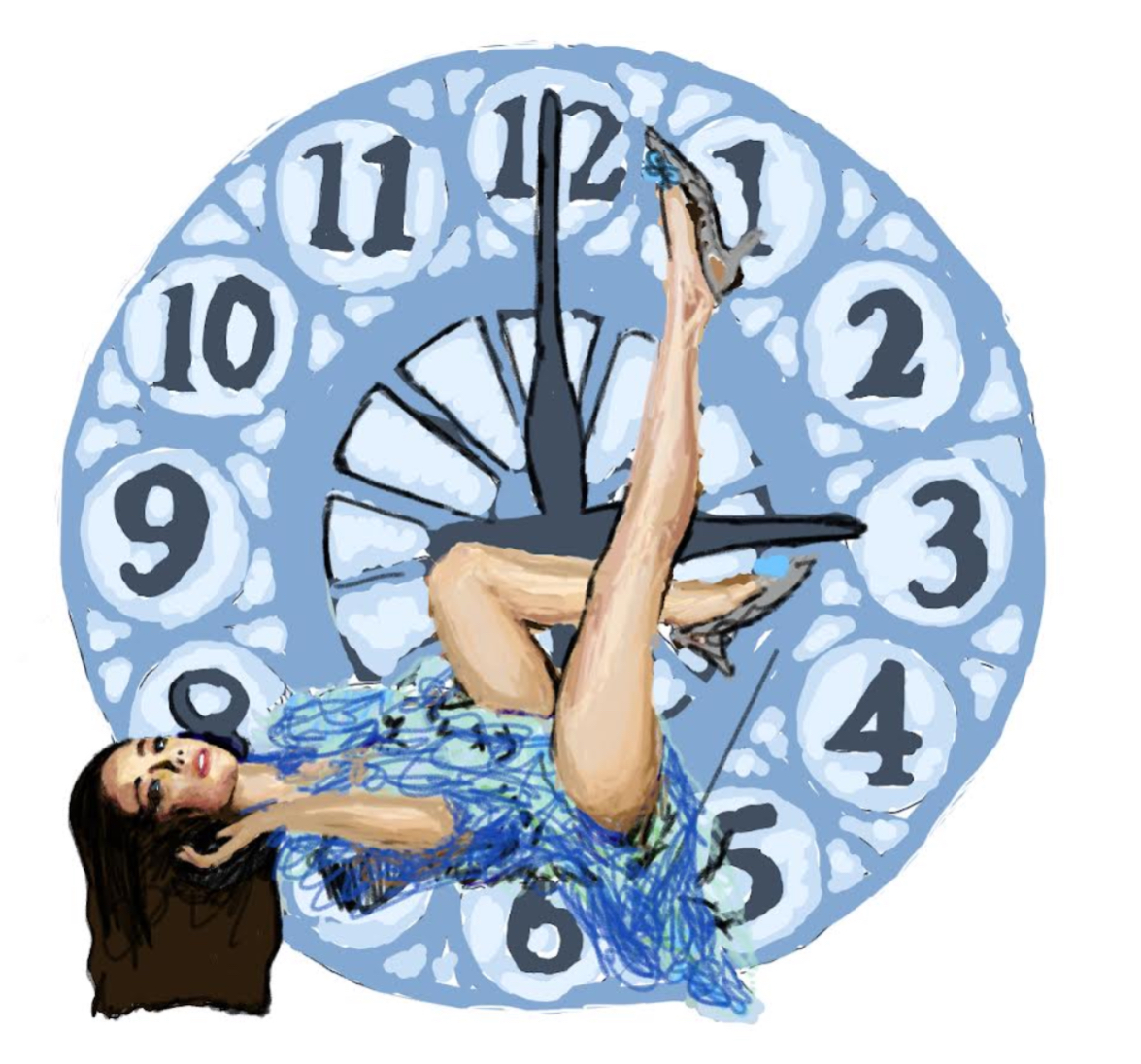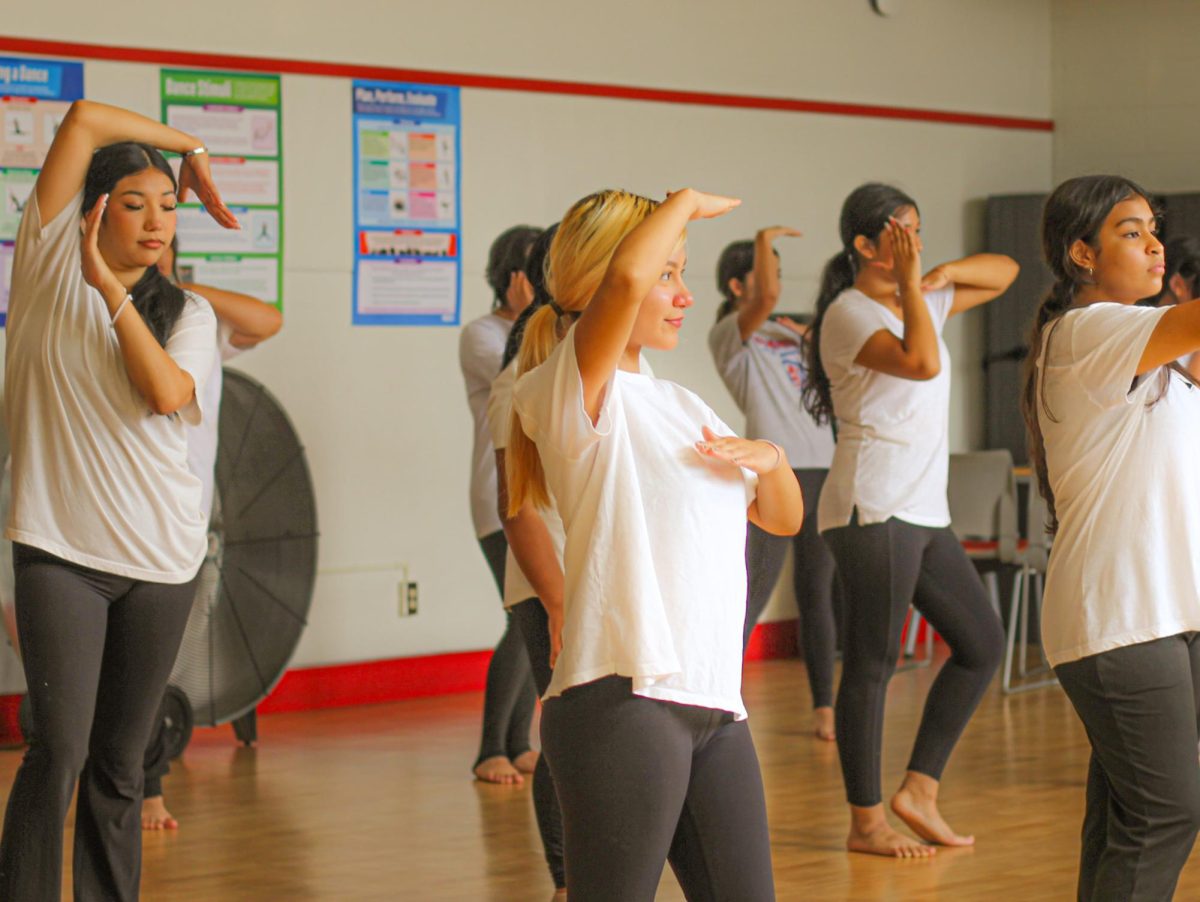The date is April 7, 2024. The NCAA women’s March Madness Tournament is on, so you tune in. In the game, Iowa is playing South Carolina with a packed crowd and multiple well-known players on either team.
For many, this was one of the first times in which the Women’s Tournament had such a large viewership turnout. Spearheaded by electric players such as Angel Reese and Caitlin Clark, women’s sports are growing more than ever before, opening up opportunities and aspirations for millions of young girls around the world. For the first time ever, the Women’s title game even had more viewers than the Men’s title game, averaging about 18.7 million viewers compared to the 14.8 million viewers for the men’s game. Not only did the women’s game receive higher views than the men, but it also became “the most-watched basketball game, either men’s or women’s and college or professional, since 2019” as stated by the National Public Radio.
This surge in viewership has led many to ask the questions: Where did this all begin, and how did it happen? To answer this question, we need to look at the progress that women’s sports as a whole have made in the short time they have existed.
The first professional women’s sports league debuted in 1943, a baseball league known as the “All American Girls Professional Baseball League.” To put it into perspective, the first professional men’s baseball league had been created 70 years prior. Although this women’s league would only last around a dozen years, the opportunity it gave to the 500+ women that were able to participate went on to pave the way for more women in sports with events such as the first female NASCAR driver in 1949 and the first international women’s basketball championship in 1953 soon to follow.
Making huge progress as the 2000’s began, more opportunities for women in sports were coming in left and right, with a professional league now existing for nearly every major sport. A large factor for this shift was the narrowing of the pay gap in both tennis and soccer. In soccer, this battle for equal pay and treatment lasted over six years, even getting rejected by a federal judge in 2020 before finally getting better pay through the working conditions settlement. Women’s tennis icon Billie Jean King, who in 1972 won her U.S. Open Title but only earned half what the men’s champion received, has worked diligently to help women tennis players to equal prize money. King was so outraged by this that she declared she would not play in next year’s tournament if the prize money was not equal, which swiftly prompted a change, causing the U.S. Open to become the first major to pay men and women equally.
Even with this great advancement in opportunity, many of these leagues struggled to make profit and get viewership. Despite playing the same sport, the best women’s basketball player made a salary of about $250,000 this year, whereas there are many NBA players who made over $40 million per year. The WNBA’s $190 million dollars in projected revenue is dwarfed by the estimated $10 billion that the NBA makes, per a CNBC article discussing the differences in pay between the NBA and WNBA.
However, a shift in this viewership gap has begun.
“Media Coverage For Women’s Sports Has Nearly Tripled In Five Years” a Forbes Article states, using a recent report by Wasserman. Before 2019, the average share of coverage and publications was around 5.1%, while as of 2022, it has grown to be 15%, and that number has only skyrocketed from there. As many female athletes are redefining their sport as a whole, most notably Caitlin Clark and Nelly Korda, it is important to remember there is still a lot of inequality and uncertainty, but overall the future of women’s sports looks bright. According to CNBC, women’s sports are reaching a projected $1 Billion dollars estimate for 2024, the highest a women’s sport has ever been estimated.
”I think that women’s sports have come a long way, but what annoys me is things like lacrosse where the girl’s can’t be nearly as physical as the boys, as well as the pay gap. We need to keep working on making things equal” said San Marcos Health teacher Marilyn Hantgin, alluding to the great lengths that we must go to in order to truly reach equality. With this continuous rise in the popularity of women’s sports, both the wages these athletes receive and the opportunities for young girls around the world will follow suit.
The date is April 7, 2024. The NCAA women’s March Madness Tournament is on, so you tune in. In the game, Iowa is playing South Carolina with a packed crowd and multiple well-known players on either team.
For many, this was one of the first times in which the Women’s Tournament had such a large viewership turnout. Spearheaded by electric players such as Angel Reese and Caitlin Clark, women’s sports are growing more than ever before, opening up opportunities and aspirations for millions of young girls around the world. For the first time ever, the Women’s title game even had more viewers than the Men’s title game, averaging about 18.7 million viewers compared to the 14.8 million viewers for the men’s game. Not only did the women’s game receive higher views than the men, but it also became “the most-watched basketball game, either men’s or women’s and college or professional, since 2019” as stated by the National Public Radio.
This surge in viewership has led many to ask the questions: Where did this all begin, and how did it happen? To answer this question, we need to look at the progress that women’s sports as a whole have made in the short time they have existed.
The first professional women’s sports league debuted in 1943, a baseball league known as the “All American Girls Professional Baseball League.” To put it into perspective, the first professional men’s baseball league had been created 70 years prior. Although this women’s league would only last around a dozen years, the opportunity it gave to the 500+ women that were able to participate went on to pave the way for more women in sports with events such as the first female NASCAR driver in 1949 and the first international women’s basketball championship in 1953 soon to follow.
Making huge progress as the 2000’s began, more opportunities for women in sports were coming in left and right, with a professional league now existing for nearly every major sport. A large factor for this shift was the narrowing of the pay gap in both tennis and soccer. In soccer, this battle for equal pay and treatment lasted over six years, even getting rejected by a federal judge in 2020 before finally getting better pay through the working conditions settlement. Women’s tennis icon Billie Jean King, who in 1972 won her U.S. Open Title but only earned half what the men’s champion received, has worked diligently to help women tennis players to equal prize money. King was so outraged by this that she declared she would not play in next year’s tournament if the prize money was not equal, which swiftly prompted a change, causing the U.S. Open to become the first major to pay men and women equally.
Even with this great advancement in opportunity, many of these leagues struggled to make profit and get viewership. Despite playing the same sport, the best women’s basketball player made a salary of about $250,000 this year, whereas there are many NBA players who made over $40 million per year. The WNBA’s $190 million dollars in projected revenue is dwarfed by the estimated $10 billion that the NBA makes, per a CNBC article discussing the differences in pay between the NBA and WNBA.
However, a shift in this viewership gap has begun.
“Media Coverage For Women’s Sports Has Nearly Tripled In Five Years” a Forbes Article states, using a recent report by Wasserman. Before 2019, the average share of coverage and publications was around 5.1%, while as of 2022, it has grown to be 15%, and that number has only skyrocketed from there. As many female athletes are redefining their sport as a whole, most notably Caitlin Clark and Nelly Korda, it is important to remember there is still a lot of inequality and uncertainty, but overall the future of women’s sports looks bright. According to CNBC, women’s sports are reaching a projected $1 Billion dollars estimate for 2024, the highest a women’s sport has ever been estimated.
”I think that women’s sports have come a long way, but what annoys me is things like lacrosse where the girl’s can’t be nearly as physical as the boys, as well as the pay gap. We need to keep working on making things equal” said San Marcos Health teacher Marilyn Hantgin, alluding to the great lengths that we must go to in order to truly reach equality. With this continuous rise in the popularity of women’s sports, both the wages these athletes receive and the opportunities for young girls around the world will follow suit.






















